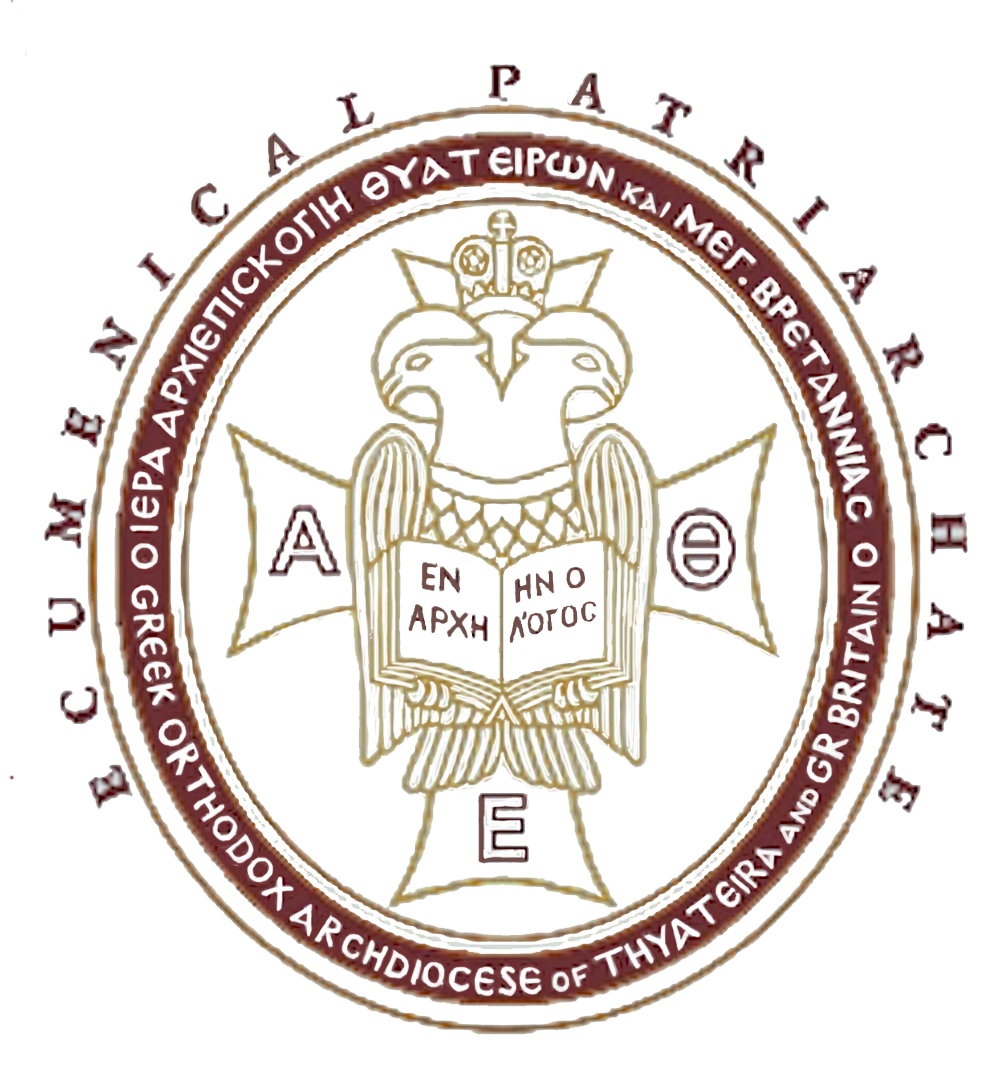I knew nothing about Saints Ina and Ethelburga, until I studied them for this month’s Synaxarion. I opened up my research thinking “This will be quick and easy” but, in fact, it was anything but. Firstly, I had to make sure I was talking of the right Ethelburga! As there are several Anglo-Saxon saints of this name, this meant being very careful to make sure my Ethelburga was in the right place at the right time. Finding out how Saint King Ina fitted into his regional situation was even more difficult. I discovered that the Wessex of that time was ruled by a set of sub kings, one of whom was his father. In the fights among the kings to become No. 1., the young Ina was exiled, and when he did come back as king, it was as heir to the No. 1 king (the Bretwalda), while his father was still living! Added to that there was the knotty problem of whether his wife – a celebrated warrior queen – had been married before and, if so, what relation was her previous husband to Ina!
This took many hours of research, in the process of which I learnt a lot about Ina’s predecessor: a most interesting man called Caedwalla. Caedwalla killed a sub-king in battle, whose spiritual father was the fiery tempered Wilfrid, now exiled from York and living down south. Caedwalla promptly took Wilfrid as his confessor and seems to have invaded the Isle of Wight to give him a See! Caedwalla, however, was not baptised immediately. To give himself the best possible chance of going to heaven, he waited until he was on his deathbed, then made the increasingly popular Anglo-Saxon pilgrimage to Rome, in that time the Orthodox Patriarchal See of the Western Empire ( although the western Empire was now so torn by invasion and infighting that it could not be called a Western Empire in the old Roman sense.) Anyway, Caedwalla made his way to Rome, where he was baptised by Pope Saint Sergius at Eater 698, and died seven days later, still in his baptismal robes. He was buried in the most sacred burial area of Old St. Peter’s, the Paradisio of the Popes, near St. Augustine of Canterbury, and I believe his tomb can still be found to this day.
Having got some idea of where Ina stood in the general scheme of things, I had to then come to terms with Ina himself, who was largely responsible for pulling together the Wessex we know today. In the process, and with the collaboration of the most important southern bishops, he pulled together a law code, much of which would be incorporated in St. King Alfred’s Domboc – the great post Viking law code. In the process, Sussex, in the east was stabilised as an independent kingdom, and -in the west – Ine’s failure to conquer Cornwall and parts of Devon, became the means of preserving the Cornish tradition of old Brittania. Ine himself would follow Caedwalla in abdicating and making his way to Rome as a pilgrim, where he also died.
For the full Synaxarion entry, enquire about signing up to the Synaxarion Project on the ‘Contact Us’ page.


